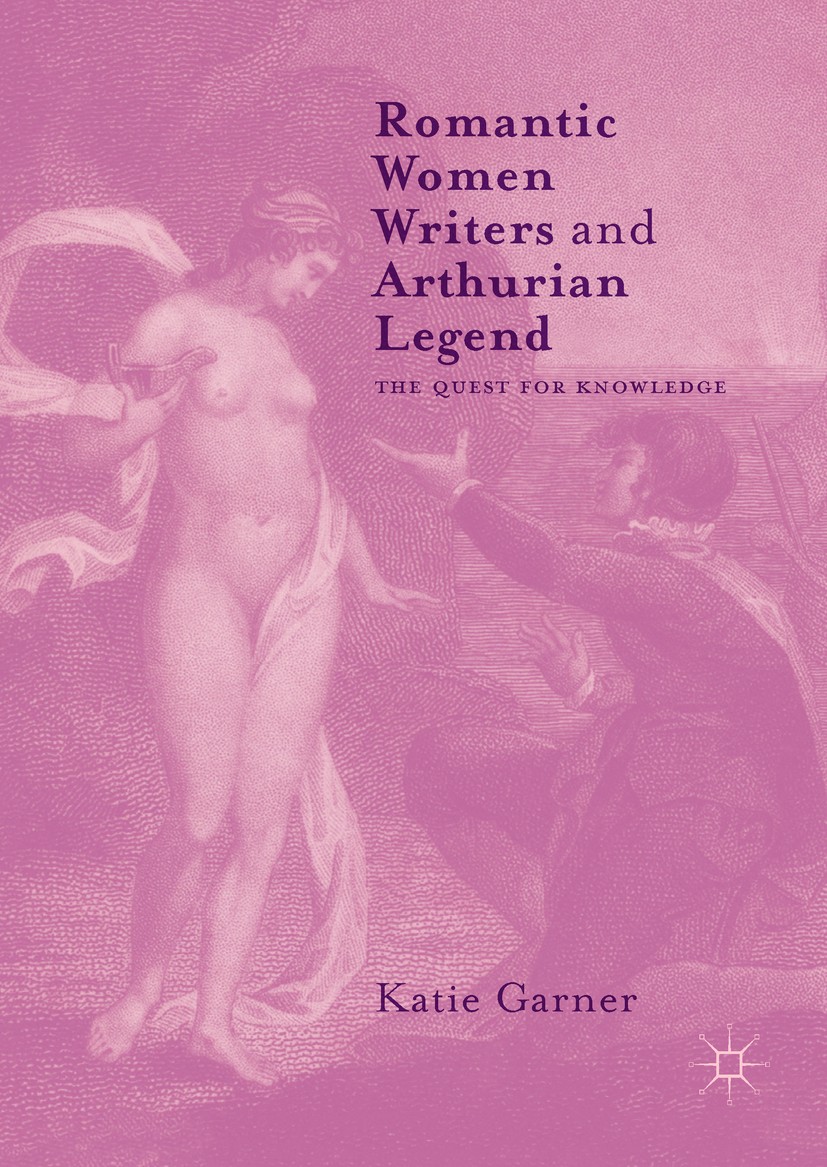| 书目名称 | Romantic Women Writers and Arthurian Legend |
| 副标题 | The Quest for Knowle |
| 编辑 | Katie Garner |
| 视频video | http://file.papertrans.cn/832/831700/831700.mp4 |
| 概述 | Adds previously unrecorded texts by women to the Arthurian canon.Traces in new detail the Arthurian sources Romantic women writers read and how they shaped their imaginative responses.Connects Victori |
| 图书封面 |  |
| 描述 | This book reveals the breadth and depth of women’s engagements with Arthurian romance in the late eighteenth and early nineteenth centuries. Tracing the variety of women’s responses to the medieval revival through Gothic literature, travel writing, scholarship, and decorative gift books, it argues that differences in the kinds of Arthurian materials read by and prepared for women produced a distinct female tradition in Arthurian writing. Examining the Arthurian interests of the best-selling female poets of the day, Felicia Hemans and Letitia Elizabeth Landon, and uncovering those of many of their contemporaries, the Arthurian myth in the Romantic period is a vibrant location for debates about the function of romance, the role of the imagination, and women’s place in literary history. . |
| 出版日期 | Book 2017 |
| 关键词 | Arthurian legend; women writers; Romantic writing; nineteenth century literature; Tennyson; British and I |
| 版次 | 1 |
| doi | https://doi.org/10.1057/978-1-137-59712-0 |
| isbn_softcover | 978-1-349-95566-4 |
| isbn_ebook | 978-1-137-59712-0 |
| copyright | The Editor(s) (if applicable) and The Author(s) 2017 |
 |Archiver|手机版|小黑屋|
派博传思国际
( 京公网安备110108008328)
GMT+8, 2025-11-11 22:23
|Archiver|手机版|小黑屋|
派博传思国际
( 京公网安备110108008328)
GMT+8, 2025-11-11 22:23


